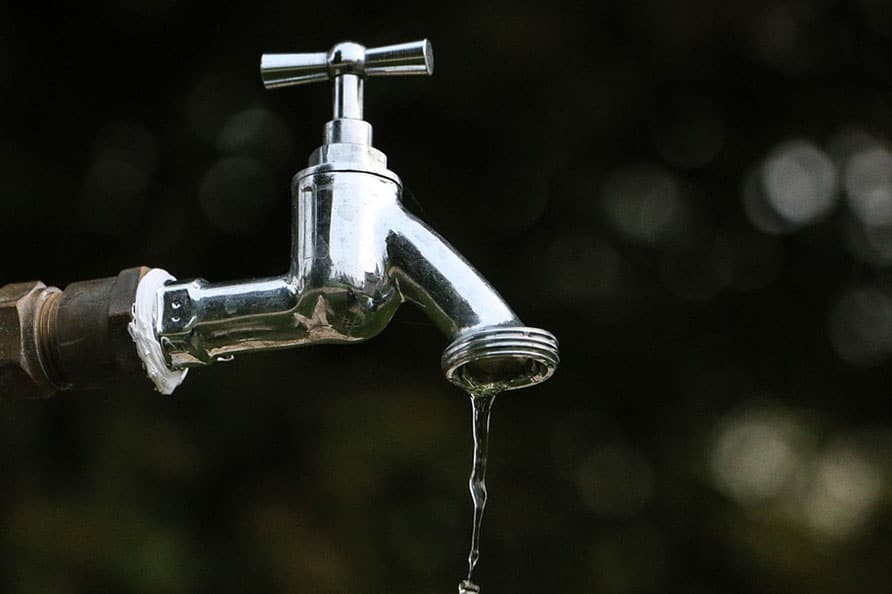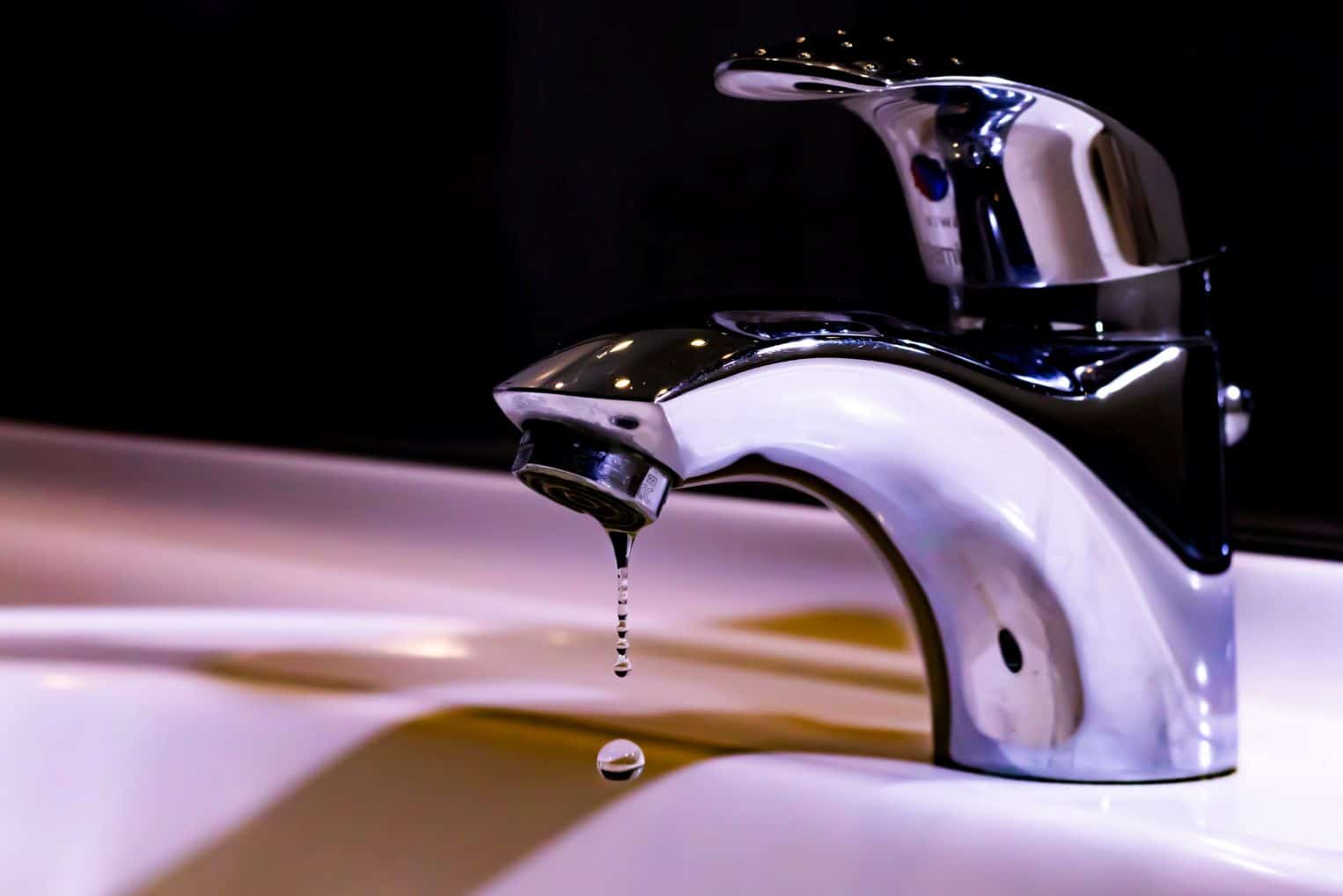In this article on the next paragraphs you can locate more great information involving How to Fix a Leaky Faucet.

Introduction
A leaking tap could seem like a minor inconvenience, however its repercussions prolong much past the periodic drip. Recognizing the results of a leaky faucet is essential for both property owners and the atmosphere. In this short article, we'll check out the numerous impacts of this typical house concern and why resolving it promptly is important.
Reasons For Leaky Faucets
Leaking taps can arise from a selection of variables, consisting of deterioration, high water stress, and rust. Gradually, the continuous use of faucets can result in worn-out seals and gaskets, causing leaks to develop. Additionally, too much water stress can place stress on plumbing fixtures, leading to leaks. Deterioration and rust can also weaken tap parts, making them susceptible to leakage.
Water Wastage
Among one of the most considerable repercussions of a leaky tap is water wastefulness. Even a small drip can amount to gallons of drainage in time. This not only increases water costs yet likewise contributes to water scarcity and ecological deterioration. Dealing with leaky taps immediately is important for conserving this priceless source and reducing its influence on the world.
Financial Impact
Along with wasting water, leaky taps can likewise have a significant economic effect. Increased water costs are a direct effect of water waste, costing house owners hundreds of bucks yearly. Moreover, the expense of repairing water damages caused by leakages can be substantial, particularly if left ignored for an extended duration.
Environmental Influence
The environmental influence of leaky taps extends past water wastefulness. By saving water, homeowners can contribute to more comprehensive efforts to alleviate water scarcity and secure all-natural environments. Lasting alternatives such as rain harvesting and water-efficient components can further minimize the ecological footprint of home water use.
Technical Solutions
Innovations in technology have resulted in the advancement of clever taps and water-saving devices that help reduce water waste. Smart taps use sensors to find activity and readjust water flow accordingly, decreasing waste without compromising comfort. Water-saving gadgets such as aerators and low-flow showerheads are additionally efficient in saving water without jeopardizing efficiency.
Global Perspectives
While leaky faucets might appear like a local concern, they add to more comprehensive global challenges such as water scarcity and climate modification. In areas currently encountering water stress and anxiety, every drop counts, making leak prevention and repair work necessary. By taking on water-saving techniques and buying lasting technologies, property owners can play their part in dealing with these pressing worldwide problems.
Regulative Steps
Government policies play a vital function in reducing the effect of leaking faucets and promoting water conservation. From constructing codes that call for water-efficient components to water-saving motivations and discounts, policymakers have a variety of tools at their disposal. By executing and imposing these policies, governments can ensure that homeowners focus on water preservation in their every day lives.
Neighborhood Influence
Resolving dripping faucets requires cumulative initiatives at the neighborhood level. By raising recognition regarding the significance of water conservation and giving sources for leak detection and fixing, regional authorities can equip homeowners to do something about it. Efforts such as water-saving rebate programs and leakage detection projects can incentivize habits modification and advertise liable water usage.
Instance Researches
Real-life examples of the influence of leaking faucets highlight the significance of aggressive upkeep and timely fixings. From water damage to increasing water expenses, the consequences of disregarding leakages can be serious. By sharing these case studies, home owners can better recognize the importance of addressing leaking faucets immediately.
Educational Campaigns
Educational campaigns play a vital role in elevating awareness concerning the effects of leaking faucets and promoting water preservation practices. Via workshops, workshops, and on the internet sources, property owners can find out how to find and repair leaks themselves. By encouraging individuals with understanding and devices, educational projects can cultivate a culture of accountable water use within communities.
Health and wellness Concerns
Leaky taps can develop conducive atmospheres for mold and mildew and mildew growth, presenting wellness risks to passengers. The visibility of mold can intensify respiratory system concerns and allergies, especially in prone people. Additionally, water damage resulting from leakages can endanger the architectural integrity of buildings and result in expensive repair services.
Do it yourself vs. Specialist Repair
When faced with a leaking tap, house owners often debate whether to attempt repair work themselves or employ an expert plumber. While do it yourself fixings can conserve cash, they might not constantly address the underlying issue properly. Professional plumbings have the competence and devices to identify and take care of leakages properly, making sure long-lasting options and comfort for house owners.
Safety nets
Stopping leaking faucets requires regular maintenance and aggressive actions. Straightforward jobs such as changing worn-out washers and seals can protect against leakages from creating. Furthermore, upgrading to premium fixtures and reducing water stress can aid extend the life expectancy of faucets and minimize the threat of leakages.
Final thought
In conclusion, the effects of a dripping tap extend far past the occasional drip. From water wastefulness and boosted water expenses to health concerns and ecological effect, the consequences of overlooking leakages can be significant. By addressing dripping faucets promptly and taking on water-saving methods, property owners can minimize these impacts and contribute to an extra sustainable future.
Why You Shouldn’t Ignore a Leaky Faucet in Your Home
What Causes a Leaky Faucet?
Various factors can cause a leak, from loose and worn-out parts to corrosion. Your faucet has four essential components from which most plumbing issues will stem: the O-ring, the valve seat, the washer and the gasket.
What Is an O-Ring?
The O-ring is a stem screw that fastens parts of the faucet in place, preventing water from leaking out of the spout. Depending on your faucet type, the stem might have multiple O-rings. Water will drip from the faucet’s handles and base if this part breaks or deteriorates.
What Is a Valve Seat?
The valve seat controls the flow and temperature of the water. Found at the base of the handle, it works as a seal for the faucet’s stem. The valve seat ensures the water is allowed to flow or is blocked as the handles dictate. You’ll know it’s malfunctioning when water leaks from your faucet’s sides.
What Is a Gasket?
The gasket is found between the water inlet and the valve stem. It creates a seal between the faucet and the sink, holding its joints by aerators attached to the stem’s head. Water will trickle out from the base if the gasket isn’t working.
What Is a Washer?
The washer secures the handles and prevents leakage, serving a similar purpose to the O-ring. While the O-ring is ordinarily round and made from an elastic material, such as rubber, the washer is square-shaped and composed of brass, copper and other hard metals. If it malfunctions, corrodes or has been improperly installed, water will leak out of the handles, causing that incessant faucet drip.
Why Is a Leaky Faucet Dangerous?
A leaky faucet left alone for too long can have significant consequences.
Pest Infestations
Since bugs and rodents gravitate towards the scent of water, a leaky faucet will draw pests to your sink. Both are looking for leaks accessible through crawl spaces, which a faucet provides. If you leave water dripping for too long, you run the risk of an infestation.
Rust
If one of the faucet parts has started to corrode, the resulting rust can spread to your pipes and valves with startling speed. The rust might even lead to cracks or other impairments, resulting in more severe plumbing issues.
Your sink could also sustain damage from a leaky faucet. The water in your tap possesses sparse elements of calcium and iron that can stain your sink with repeated and prolonged exposure. Once those elements in the water have been open to the air for some time, your sink will start to rust, creating marks that can be difficult to remove.
https://www.tomsmechanical.com/blog/why-you-shouldnt-ignore-a-leaky-faucet-in-your-home

I came across that blog entry on How to Fix a Leaky Faucet while scouting around the web. Do you know another individual who is very much interested in ? Do not hesitate to promote it. We appreciate your readership.
Comments on “Learning What a Dripping Faucet May Damage Your Home”